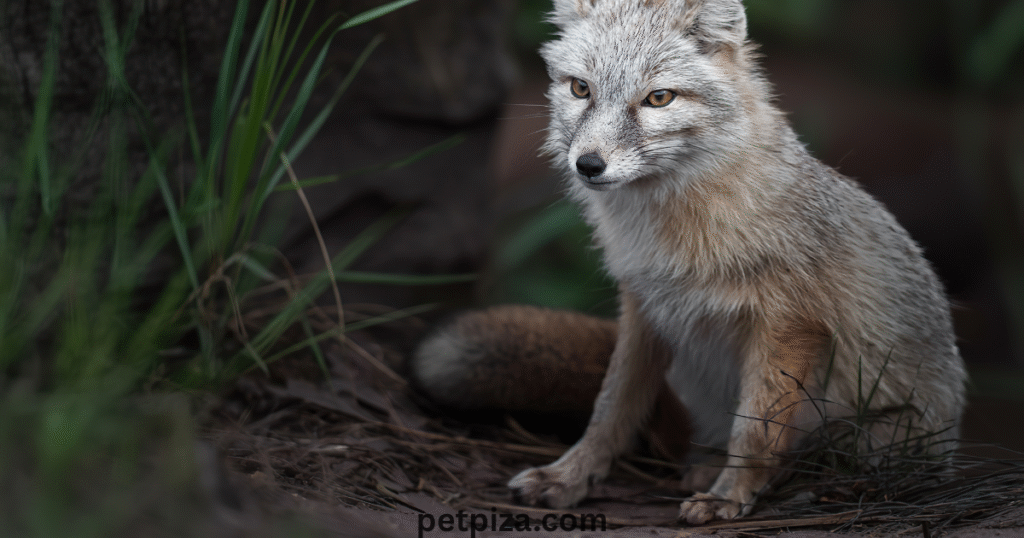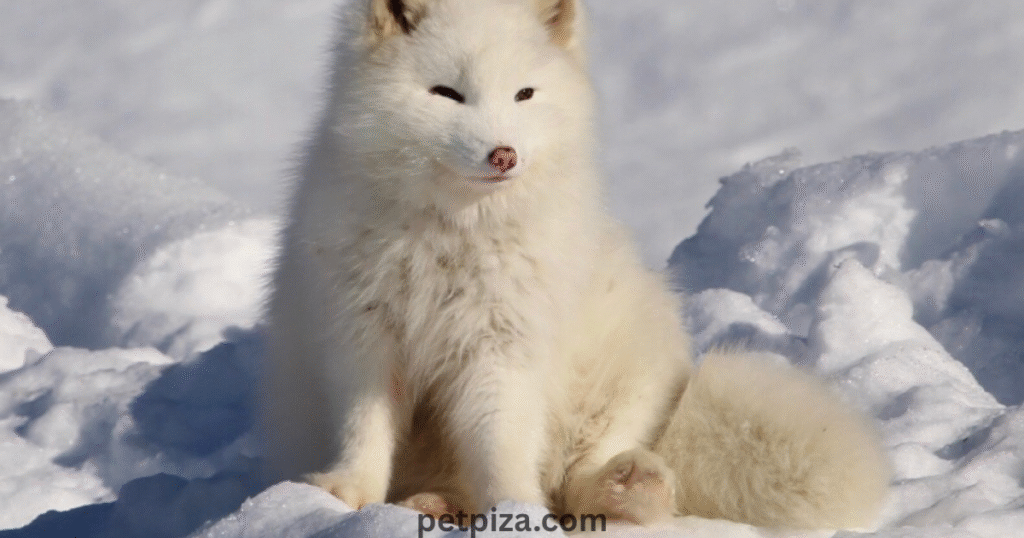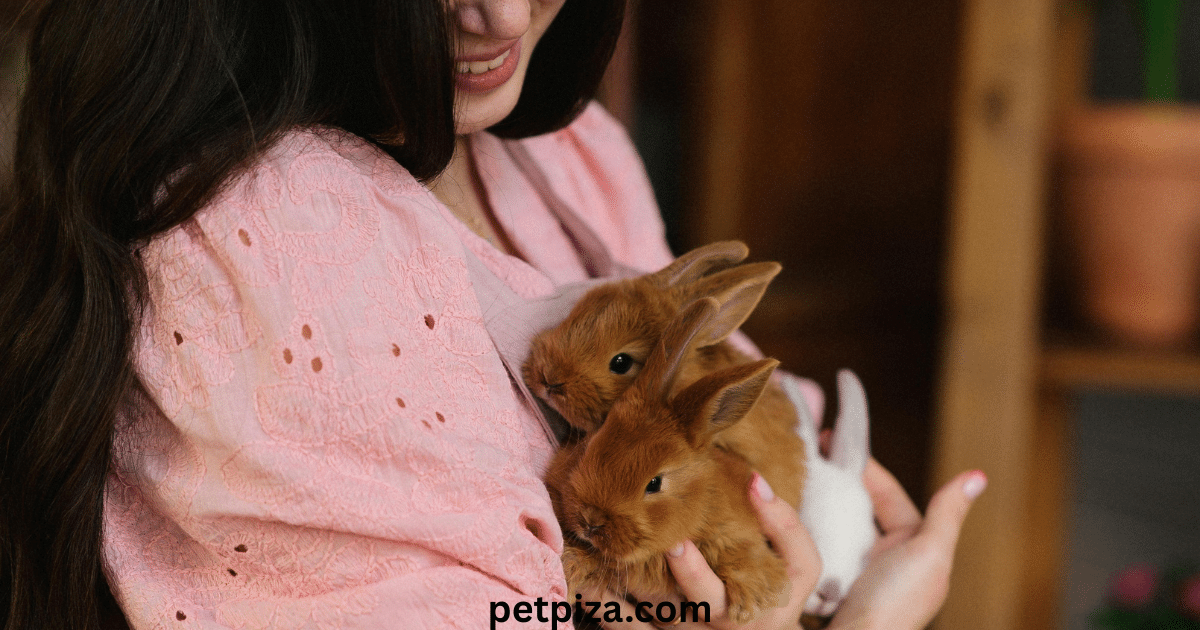The image of a fun pet foxes, a clever fox often intrigues the mind. With their gorgeous fur and curious nature, it is no wonder that some are finding possibilities of having one share their home. The idea of a pet fox is fascinating and plays on the emotions of the heart, but it transcends the simple matter of bringing another dog or cat home.
This guide will walk you through the essential information you require before seriously considering an attempt at buying a pet fox.
Owning a fox requires heavy commitment, serious research, preparation, and an in-depth understanding of this unique animal’s needs.
We will cover the legal issues, which species you might have to deal with, and an inside look into what an average pet fox will need in respect of care for his happiness and running the home appropriately: the diet, the housing, and the wild behaviors that, no matter how domesticated, will never truly go away. All the critical tips for fox keeping every prospective owner must know will be addressed.

The Legalities Concerning Fox Ownership
Before you even start looking for a breeder, your first step is understanding the legality. Inasmuch as owning a fox might be considered illegal in some places, regulations tend to be complicated and stringent. The laws vary phenomenally between countries, states, and even municipalities.
The Patchwork of State and Local Laws
In the United States, the legal ownership of a fox is a patchwork of many laws. Some states flatly prohibit the private ownership of any native wildlife or exotic animals. Even where states permit it, there are permits and licenses that may not be readily obtained. These permits will require one to prove that they have, at minimum, the proper enclosure, a good record of experience, and lined up veterinary care.
States like Indiana and Arkansas might be lenient, while California and New York have stringent restrictions. It is of utmost importance that you verify with your state’s Department of Fish and Wildlife or equivalent agency.
It would be unwise to stop there, as you will also have to check your city and county ordinances, particularly since local laws might prove stricter than the ones imposed at the state level. Homeowner’s association rules may also bring more problems to the keeping of exotic pets. Ignorance and violation of such laws could lead to tremendous fines and even confiscation of your animal’s custody.

Why It Is Important to Buy Legally
If your place happens to be one of those where it is legal, make sure you do buy from a licensed and reputable breeder. Taking the matters into one’s hand by poaching a fox is illegal, inhumane, and dangerous.
The chances are very little that a wild fox will be socialized towards humans, and it might even have rabies. A responsible breeder will provide all necessary documents supporting the lineage with health status updates. Before that, be prepared to be subjected to serious screening, as responsible breeders try to ensure that their animals are going to capable and well-prepared homes.
Commonly Kept Species of Foxes
Not all foxes are created equally. A number of species exist in the pet trade with completely distinct characteristics, needs, and temperaments. Understanding these differences is at the heart of your assessment of providing a proper home.
Red Fox (Vulpes vulpes)
The Red Fox is the most common and recognizable species. These are held intelligent, sometimes even too smart, and energetic. They are also very strong-smelling due to powerful musky odour produced through scent glands and urine.
The odour is nonremovable, and that is one of the reasons why many owners find them too challenging to keep indoors. There are different colour mutations of the red fox, including silver, marble, and cross-fox.
Fennec Fox (Vulpes zerda)
Fennec pet foxes are tiny, desert-dwelling foxes, famous for their gigantic ears that help them dissipate heat. They are the smallest fox species. Because Fennec foxes are less wild, they are often regarded as one of the “more manageable” types of pet foxes. Fennec foxes are extremely active, social, and vocal, communicating with chirps, yelps, and screams. They are not as strong-smelling as red foxes but are still quite difficult to house-train nevertheless.

Arctic Fox (Vulpes lagopus)
Arctic foxes are adapted to cold climates with a beautiful thick white or blue-gray coat. They are about the same size as red foxes and show similar difficult behaviours, including strong smell and destructiveness. The thick fur indeed proves unsuited to a warm climate since they literally heat up.
Essential Requirements for Pet Fox Care
Taking care of a fox is markedly different from caring for a dog at home. Their needs are derived from their wild instincts, and you must appreciate and cater to them for their health and wellbeing.
- Diet and Nutrition
Foxes are omnivores with specific dietary needs. In the wild, they feed on small rodents, birds, insects and also some plant matter. For pet foxes, a proper diet should be as close to this as possible.
- High-Quality Protein: The bulk of their diet should come from a commercial, high-quality grain-free kibble formulated for exotic canids.
- Whole Prey and Raw Meat: Supplement their diet with raw meats, whole prey items like mice or chicks, and eggs. This provides essential nutrients and enrichment.
- Fruits and Vegetables: Small amounts of fruits and vegetables like berries, pumpkin, and carrots can be offered as treats, but should not make up a large portion of their diet.
Never feed foxes cat food or low-quality dog food. These contain grains and processed sugars, which may be toxic to them. Some vegetables like onion and garlic are harmful, too. Fresh, clean water should always be available.
Housing and Enrichment
No fox should ever be treated with the same lifestyle as a house cat or dog. To flourish, these animals need a secure and stimulating environment.
- The Outdoor Enclosure: A large, completely secure outdoor enclosure is not optional; it is a requirement. This enclosure must be at least 100 square feet, and because foxes are great climbers, it must have a roof. The walls should be dug down for several feet in the ground to prevent any escape by digging. The enclosure must also contain platforms, tunnels, and a dig box filled with sand or dirt to let them express these instincts.
- Indoor Living: Some owners do keep foxes indoors, but there are huge challenges that come with this. Foxes can be destructive by nature. They will chew furniture, dig carpets, and destroy anything else they can get their paws on. They are also notoriously difficult to litter train and generally tend to scent-mark their territory (meaning, your home) with urine and feces.
- Enrichment: Intelligent animals require mental stimulation; bored foxes destroy things. Ensure sturdy toys are rotated regularly, along with puzzle feeders, and allow them to forage for their food by hiding it.

Understanding Fox Behavior
The single most important part of every single tip for dog fox ownership is understanding that a pet fox is an undomesticated animal. Domestication is a slow process that runs over millennia. Pet foxes are simply tamed wild animals. Their instincts are there to stay.
Scent Marking and House Training
So, these houses from the markings are walls, urine is used actually to try to claim a certain territory, will smell like hell? Well, let’s just say red and arctic foxes do produce a fair stench, but so also does the marking with urine.
However, theirs would be way more potent, and most would say way worse than cat urine! These animals still tend to mark their territory even after spaying or neutering. While rare, a consistent housebroken one may be expected to have accidents throughout his or her life.
Destructive Instinct
Dig, chew, and forage: the list goes on from there, literally! Destructive phone calls translate into ripped-of sofas, dug-out houseplants, and bitten-off electrical cords. Fox-proofing every home is pretty much free-time sport, an exercise-turned-fun for owners and designers, since it’s a never-ending process. Therefore, the outdoor enclosure where they can practice these behaviours is very important.
Socialization and Bonding
Foxes can have a close bond with their human caretaker, but this bond is different from the bond shared with a dog. Foxes are shy animals, often afraid of strangers. Proper socialization must begin when they are very young. Many foxes still remain single-person animals despite being properly socialized. They are not dogs that can be taken to the park for a romp with visiting friends. They thrive in a quiet, stable environment with a predictable routine.
Problems and Considerations Before Buying a Pet Fox
In fact, one could say that owning a fox is a lifetime commitment that lasts from 10 to 15 years. Such decisions are not made lightly.
- Cost: The actual price of obtaining a pet fox from a breeder can run into thousands of dollars. Construction of proper housing will run into several more thousand dollars. Ongoing costs associated with specialized diets, veterinary care, and enrichment will also be considerable.
- Finding a Veterinarian: Not all veterinarians are willing or equipped to treat exotic animals. You must find a qualified exotic vet before you bring a fox home. This can be quite difficult and can be costly.
- Your Social Life: A fox requires a huge amount of your time and energy. Finding a qualified pet sitter to care for a fox can be difficult to arrange, so it can make vacations and long days away from home a challenge.
- The Cute Factor Recedes: Adorable, but when it grows up into a wild demanding creature, the kit will prove to be difficult to manage. Many foxes are turned into sanctuaries when owners realize they cannot cope with the wild behaviours of their charges. These sanctuaries are full, and no fox that is turned in is a candidate for being released to the wild.

7.In summary buy pet fox
While the idea of a fox as a pet is appealing, the reality is demandingly specialized. The fox pet requires legal Clearance, financial stability, and deep commitment for meeting complex needs of an animal not domesticated.
For most people, the right way to appreciate these magnificent creatures is to enjoy watching foxes in the wild or generously supporting a well-run wildlife sanctuary. If you sincerely believe in your confidence, then move ahead, but be cautious, do infinite homework, and understand clearly what a lifelong commitment this is.









1 thought on “Pet Foxes: A Complete Guide for Every Potential Owner”